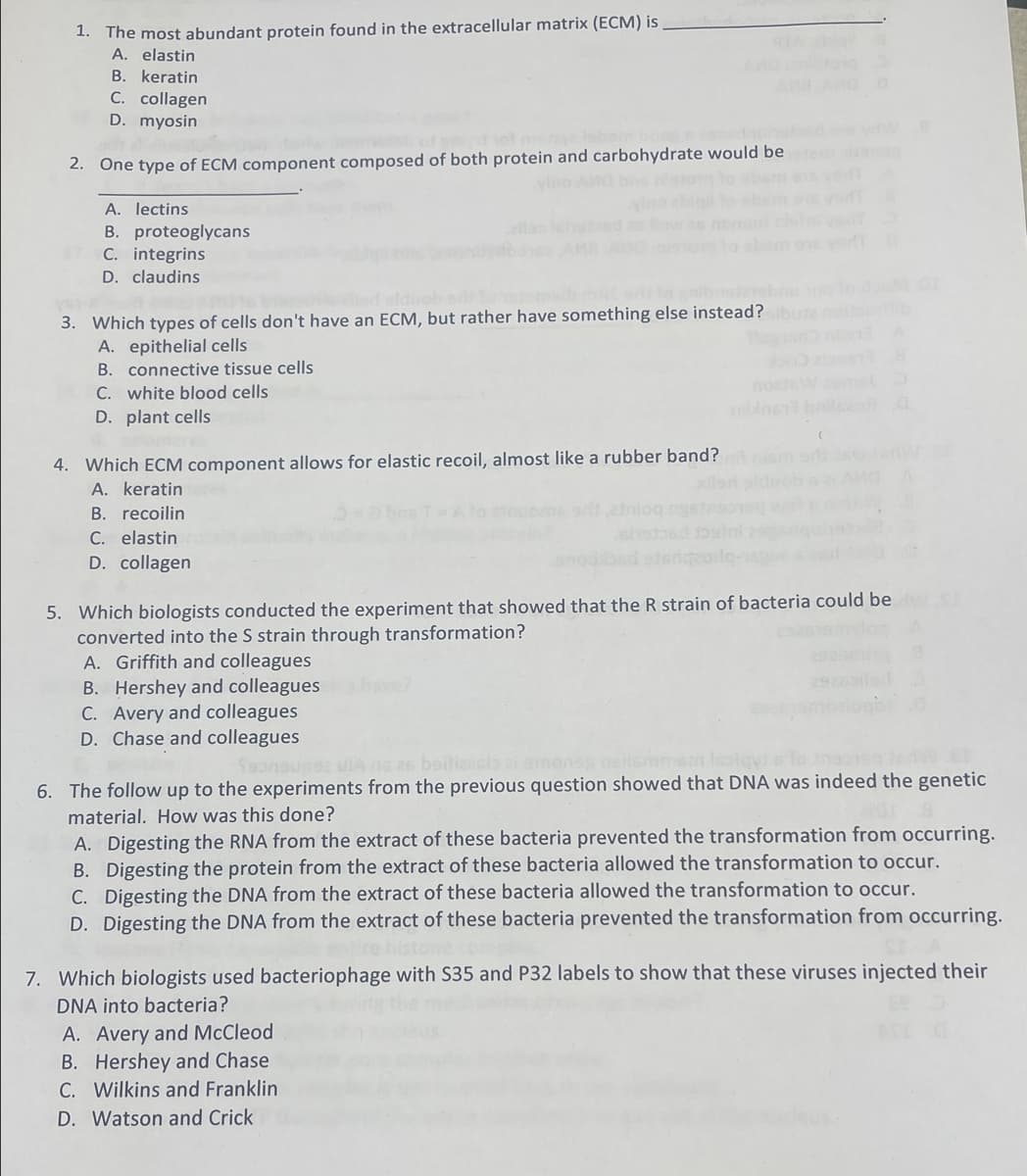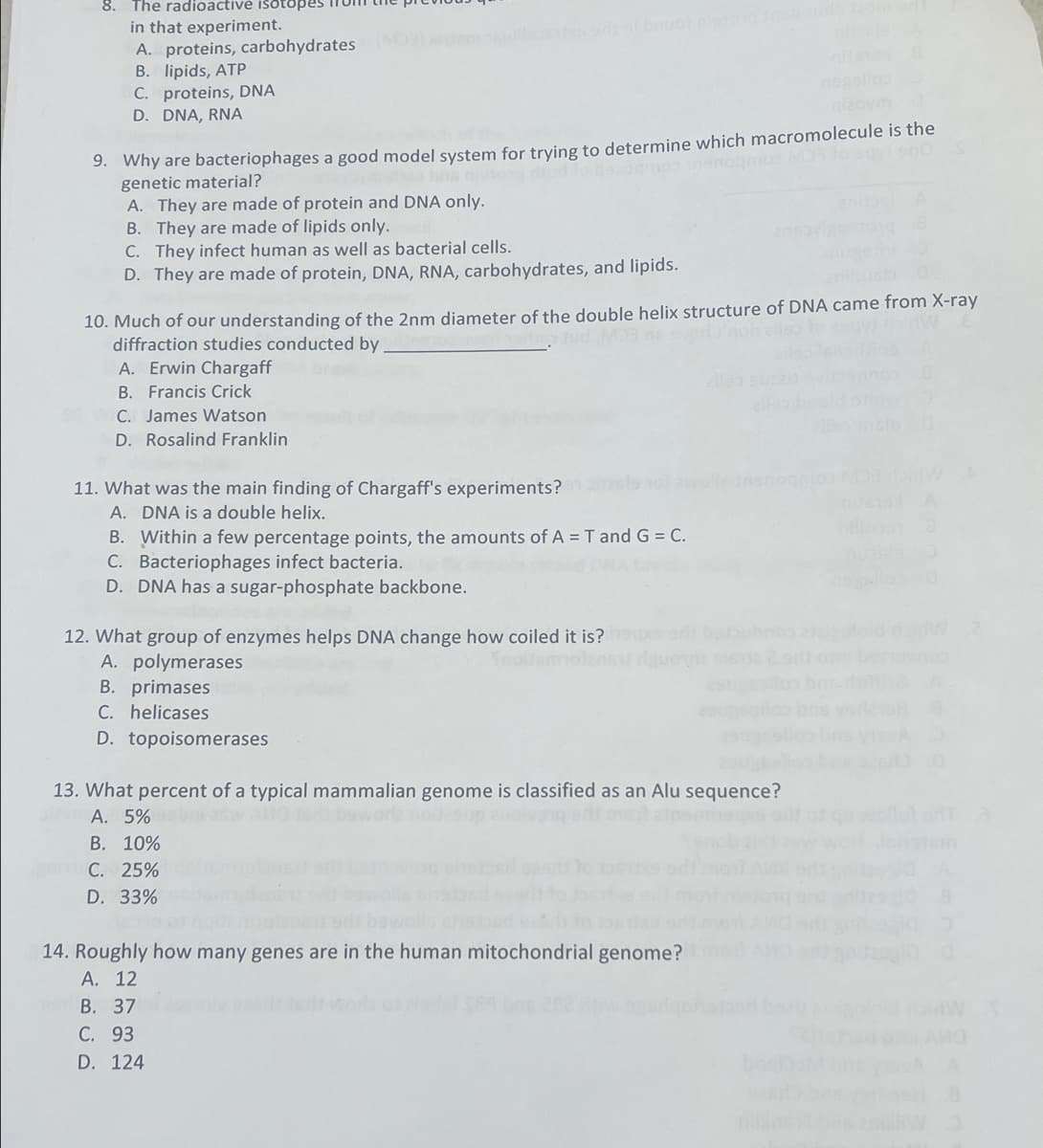Proteins
We generally tend to think of proteins only from a dietary lens, as a component of what we eat. However, they are among the most important and abundant organic macromolecules in the human body, with diverse structures and functions. Every cell contains thousands and thousands of proteins, each with specific functions. Some help in the formation of cellular membrane or walls, some help the cell to move, others act as messages or signals and flow seamlessly from one cell to another, carrying information.
Protein Expression
The method by which living organisms synthesize proteins and further modify and regulate them is called protein expression. Protein expression plays a significant role in several types of research and is highly utilized in molecular biology, biochemistry, and protein research laboratories.


Trending now
This is a popular solution!
Step by step
Solved in 2 steps








